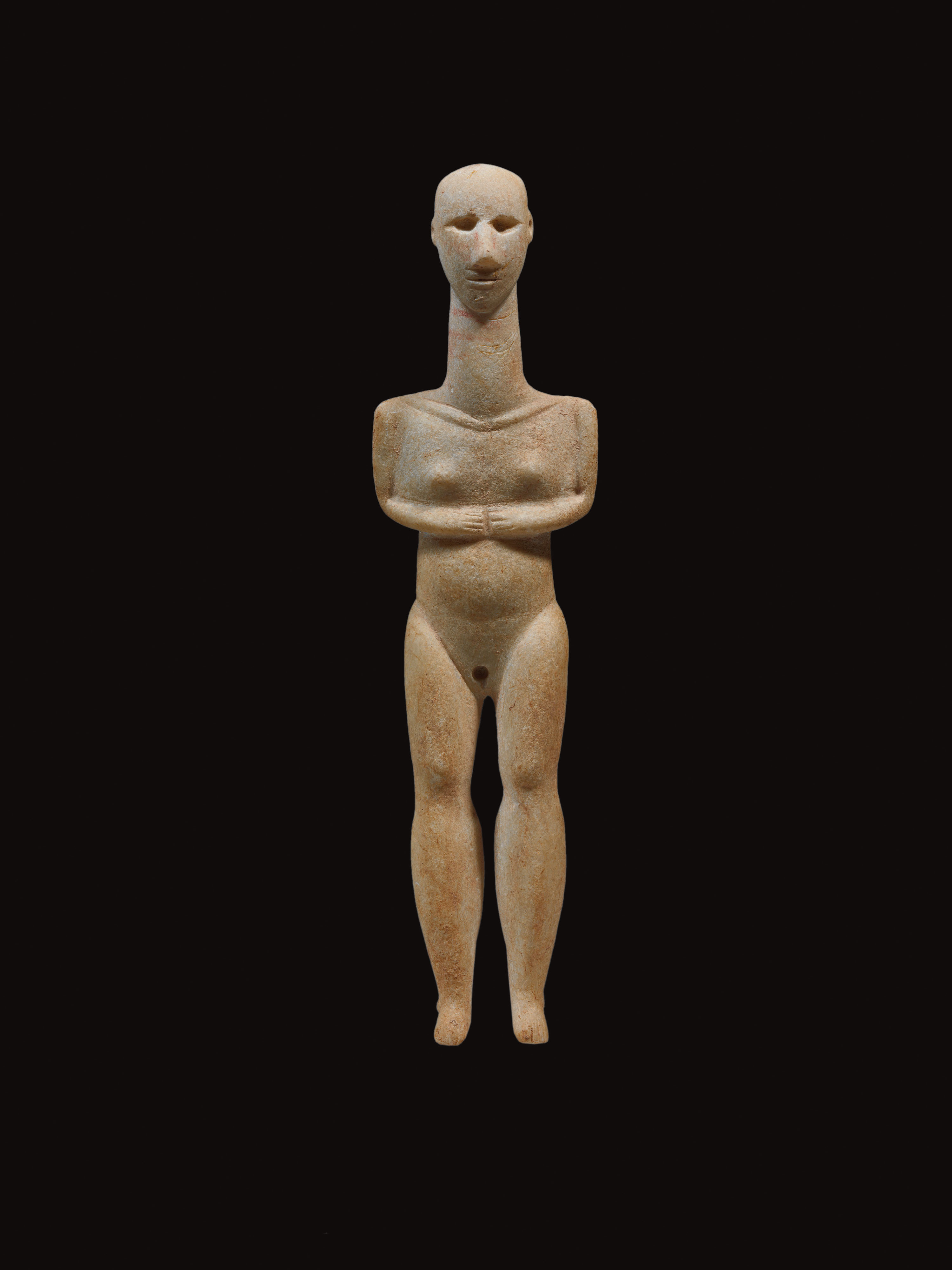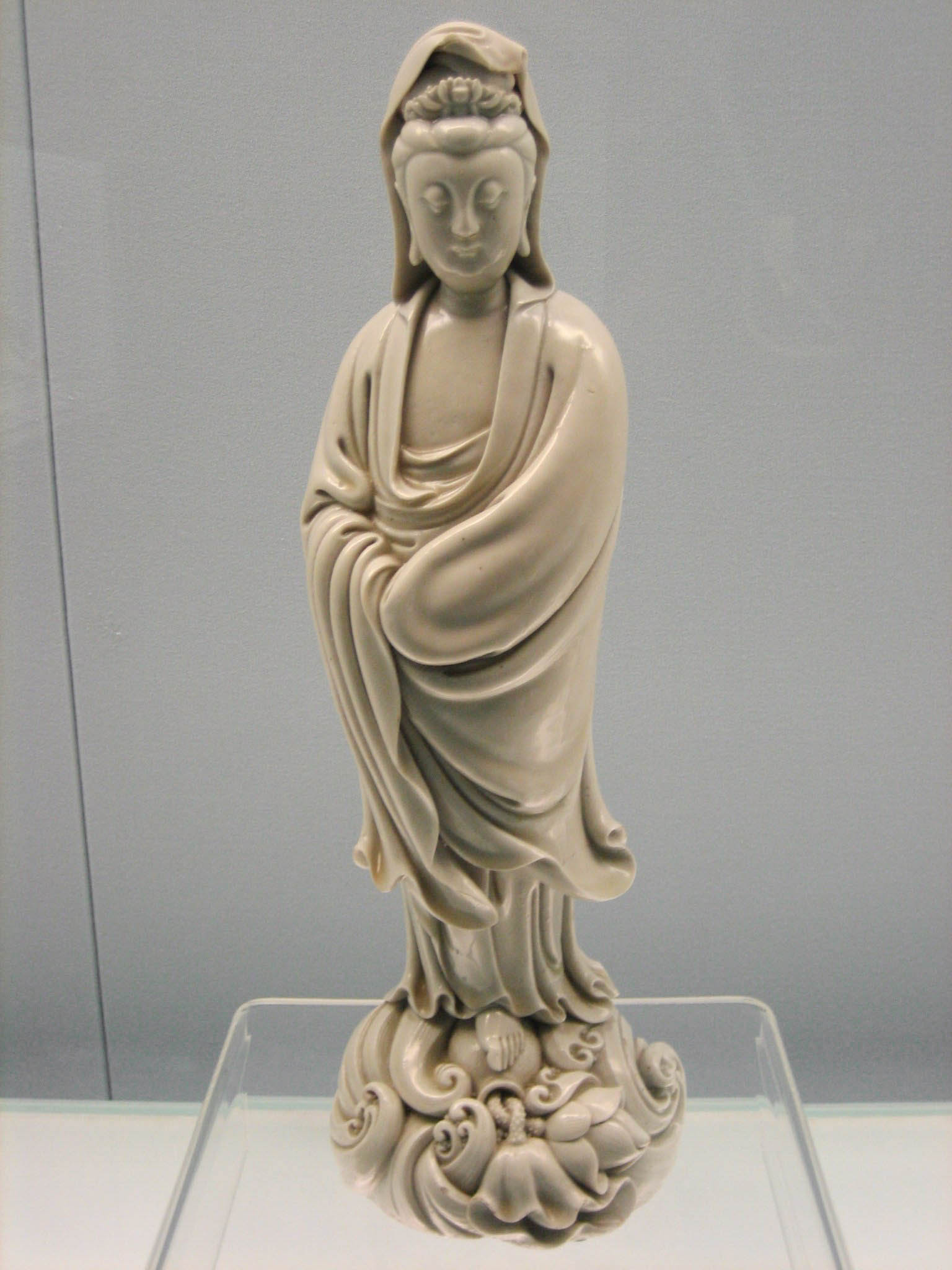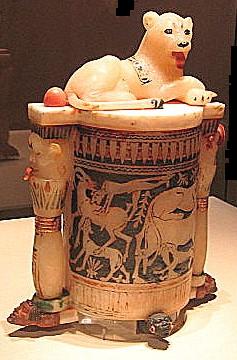|
Ozieri Culture
The Ozieri culture (or San Michele culture) was a prehistoric Pre-Nuragic Sardinia, pre-Nuragic culture that occupied Sardinia from c. 3200 to 2800 BCE. The Ozieri was the culmination of the island's Neolithic culture and takes its name from the locality where early findings connected with it have been found, the cave of San Michele near Ozieri, in northern Sardinia. The Ozieri existed contemporaneously with the Arzachena culture, sharing some similarities, and its influence also extended to nearby Corsica. History Archaeological excavations have identified some 200 Ozieri sites, located both in plain and mountain areas, but with a preference for low ridges, and largely organized around an economy of Hunter-gatherers mixed with an initial presence of Animal husbandry, husbandry and agriculture. The settlements consisted of small stone huts, with a circular (rarely rectangular) wall supporting a wooden frame with a ceiling of boughs. One, near Sestu, consisted of 60 huts. Another, ... [...More Info...] [...Related Items...] OR: [Wikipedia] [Google] [Baidu] |
Pre-Nuragic Sardinia
The Pre-Nuragic period refers to the prehistory of Sardinia from the Paleolithic until the middle Bronze Age, when the Nuragic civilization flourished on the island. Since writing had not yet been invented, the only source of information on man's lifestyles in this period is therefore archaeological data. In particular, objects, artefacts, tangible traces that present characteristics that can be considered an expression of the material culture of a population or ethnic group. Paleolithic The discovery of Paleolithic lithic workshops indicate a human presence in Sardinia in the period between 450,000 and 10,000 years ago. According to the researchers, a hominid nicknamed "Nur" was the first to colonize the current territory of the island about 250,000 years ago, in the Lower Paleolithic; based on studies of a Phalanx bone, phalanx found in the Nùrighe caves of Cheremule, the researchers supposed that he may have been a pre-Neanderthal, but some have expressed doubts, assuming a ... [...More Info...] [...Related Items...] OR: [Wikipedia] [Google] [Baidu] |
Domus De Janas
Domus de Janas ( Sardinian for 'House of the Fairies' or, alternatively, 'House of Witches') are a type of pre-Nuragic rock-cut chamber tomb found in Sardinia. They consist of several chambers quarried out by the people of the San Ciriaco through Ozieri cultures''Domus de Janas'', Portale Sardo and subsequent cultures, resembling houses in their layout.  Built mostly between 3400 and 2700 BC, they date to the late
Built mostly between 3400 and 2700 BC, they date to the late
|
Cycladic Art
The ancient Cycladic culture flourished in the islands of the Aegean Sea from c. 3300 to 1100 BCE. Along with the Minoan civilization and Mycenaean Greece, the Cycladic people are counted among the three major Aegean cultures. Cycladic art therefore comprises one of the three main branches of Aegean art. The best known type of artwork that has survived is the marble figurine, most commonly a single full-length female figure with arms folded across the front. The type is known to archaeologists as a "FAF" for "folded-arm figure(ine)". Apart from a sharply-defined nose, the faces are a smooth blank, although there is evidence on some that they were originally painted. Considerable numbers of these are known, although most were removed illicitly from their unrecorded archaeological context, which seems usually to be a burial. Neolithic art Almost all information known regarding Neolithic art of the Cyclades comes from the excavation site of Saliagos off Antiparos. Pottery o ... [...More Info...] [...Related Items...] OR: [Wikipedia] [Google] [Baidu] |
Senorbì
Senorbì is a ''comune'' (municipality) in the Province of Cagliari in the Italian region Sardinia, located about north of Cagliari. It is the main center of Trexenta, located in an area traditionally devoted to the cultivation of cereals. The town houses an archaeological museum (''Sa Domu Nosta'' museum) with findings, dating from the Ozieri culture to the Nuragic civilization, to the 14th century AD. Senorbì borders the following municipalities: Ortacesus, San Basilio, Sant'Andrea Frius, Selegas Selegas, Sèligas in sardinian language, is a ''comune'' (municipality) in the Province of South Sardinia in the Italian region Sardinia, located about north of Cagliari. As of 31 December 2004, it had a population of 1,511 and an area of .All de ..., Siurgus Donigala, Suelli. Notable people * Antioco Piseddu (1936–2025), Roman catholic bishop. References External links Official website Cities and towns in Sardinia {{Sardinia-geo-stub ... [...More Info...] [...Related Items...] OR: [Wikipedia] [Google] [Baidu] |
Statuette
A figurine (a diminutive form of the word ''figure'') or statuette is a small, three-dimensional sculpture that represents a human, deity or animal, or, in practice, a pair or small group of them. Figurines have been made in many media, with clay, metal, wood, glass, and today plastic or resin the most significant. Ceramic figurines not made of porcelain are called terracottas in historical contexts. Figures with movable parts, allowing limbs to be posed, are more likely to be called dolls, mannequins, or action figures; or robots or automata, if they can move on their own. Figurines and miniatures are sometimes used in board games, such as chess, and tabletop role playing games. The main difference between a figurine and a statue is size. There is no agreed limit, but typically objects are called "figurines" up to a height of perhaps , though most types are less than high. Prehistory In China, there are extant Neolithic figurines. European prehistoric figurines of wome ... [...More Info...] [...Related Items...] OR: [Wikipedia] [Google] [Baidu] |
Alabaster
Alabaster is a mineral and a soft Rock (geology), rock used for carvings and as a source of plaster powder. Archaeologists, geologists, and the stone industry have different definitions for the word ''alabaster''. In archaeology, the term ''alabaster'' includes objects and artefacts made from two different minerals: (i) the fine-grained, massive type of gypsum, and (ii) the fine-grained, banded type of calcite.''More About Alabaster and Travertine'': Brief Guide explains the different definitions used by geologists, archaeologists, and the stone trade. Oxford University Museum of Natural History, 2012/ref> Chemically, gypsum is a Water of crystallization, hydrous sulfate of calcium, whereas calcite is a carbonate of calcium. As types of alabaster, gypsum and calcite have similar properties, such as light color, translucence, and soft stones that can be sculpture, carved and sculpted; thus the historical use and application of alabaster for the production of carved, decorative art ... [...More Info...] [...Related Items...] OR: [Wikipedia] [Google] [Baidu] |
Mother Goddess
A mother goddess is a major goddess characterized as a mother or progenitor, either as an embodiment of motherhood and fertility or fulfilling the cosmological role of a creator- and/or destroyer-figure, typically associated the Earth, sky, and/or the life-giving bounties thereof in a maternal relation with humanity or other gods. When equated in this lattermost function with the earth or the natural world, such goddesses are sometimes referred to as the Mother Earth or Earth Mother, deity in various animistic or pantheistic religions. The earth goddess is archetypally the wife or feminine counterpart of the Sky Father or ''Father Heaven'', particularly in theologies derived from the Proto-Indo-European sphere (i.e. from Dheghom and Dyeus). In some polytheistic cultures, such as the Ancient Egyptian religion which narrates the cosmic egg myth, the sky is instead seen as the Heavenly Mother or Sky Mother as in Nut and Hathor, and the earth god is regarded as the mal ... [...More Info...] [...Related Items...] OR: [Wikipedia] [Google] [Baidu] |
Obsidian
Obsidian ( ) is a naturally occurring volcanic glass formed when lava extrusive rock, extruded from a volcano cools rapidly with minimal crystal growth. It is an igneous rock. Produced from felsic lava, obsidian is rich in the lighter elements such as silicon, oxygen, aluminium, sodium, and potassium. It is commonly found within the margins of rhyolite, rhyolitic lava flows known as obsidian flows. These flows have a high content of silicon dioxide, silica, giving them a high viscosity. The high viscosity inhibits the atomic diffusion, diffusion of atoms through the lava, which inhibits the first step (nucleation) in the formation of mineral crystals. Together with rapid cooling, this results in a natural glass forming from the lava. Obsidian is hard, Brittleness, brittle, and amorphous; it therefore Fracture (mineralogy)#Conchoidal fracture, fractures with sharp edges. In the past, it was used to manufacture cutting and piercing tools, and it has been used experimentally as s ... [...More Info...] [...Related Items...] OR: [Wikipedia] [Google] [Baidu] |
Neolithic Greece
Neolithic Greece is an archaeological term used to refer to the Neolithic phase of Greek history beginning with the spread of farming to Greece in 7000–6500 BC, and ending around 3200 BC. During this period, many developments occurred such as the establishment and expansion of a mixed farming and stock-rearing economy, architectural innovations (i.e. "megaron-type" and "Tsangli-type" houses), as well as elaborate art and tool manufacturing. Neolithic Greece is part of the Prehistory of Southeastern Europe. Periodization The Neolithic Revolution reached Europe beginning in 7000–6500 BC, during the Pre-Pottery Neolithic B period, when agriculturalists from the Near East entered the Greek peninsula from Anatolia mainly by island-hopping through the Aegean Sea. Modern archaeologists have divided the Neolithic period of Greek history into six phases: Pre-Pottery, Early Neolithic, Middle Neolithic, Late Neolithic I, Late Neolithic II and Final Neolithic (or Chalcolithic). Sites o ... [...More Info...] [...Related Items...] OR: [Wikipedia] [Google] [Baidu] |
Crete
Crete ( ; , Modern Greek, Modern: , Ancient Greek, Ancient: ) is the largest and most populous of the Greek islands, the List of islands by area, 88th largest island in the world and the List of islands in the Mediterranean#By area, fifth largest island in the Mediterranean Sea, after Sicily, Sardinia, Cyprus, and Corsica. Crete is located about south of the Peloponnese, and about southwest of Anatolia. Crete has an area of and a coastline of 1,046 km (650 mi). It bounds the southern border of the Aegean Sea, with the Sea of Crete (or North Cretan Sea) to the north and the Libyan Sea (or South Cretan Sea) to the south. Crete covers 260 km from west to east but is narrow from north to south, spanning three longitudes but only half a latitude. Crete and a number of islands and islets that surround it constitute the Region of Crete (), which is the southernmost of the 13 Modern regions of Greece, top-level administrative units of Greece, and the fifth most popu ... [...More Info...] [...Related Items...] OR: [Wikipedia] [Google] [Baidu] |
Cyclades
The CYCLADES computer network () was a French research network created in the early 1970s. It was one of the pioneering networks experimenting with the concept of packet switching and, unlike the ARPANET, was explicitly designed to facilitate internetworking. The CYCLADES network was the first to make the hosts responsible for the reliable delivery of data, rather than this being a centralized service of the network itself. Datagrams were exchanged on the network using transport protocols that do not guarantee reliable delivery, but only attempt best-effort. To empower the network leaves the hosts to perform error-correction, the network ensured end-to-end protocol transparency, a concept later to be known as the end-to-end principle. This simplified network design, reduced network latency, and reduced the opportunities for single point failures. The experience with these concepts led to the design of key features of the Internet Protocol in the ARPANET project. The network ... [...More Info...] [...Related Items...] OR: [Wikipedia] [Google] [Baidu] |
Megalithic
A megalith is a large Rock (geology), stone that has been used to construct a prehistoric structure or monument, either alone or together with other stones. More than 35,000 megalithic structures have been identified across Europe, ranging geographically from Sweden in the north to the Mediterranean Sea in the south. The word was first used in 1849 by the British antiquarian Algernon Herbert in reference to Stonehenge and derives from the Ancient Greek words "wikt:μέγας, mega" for great and "wikt:λίθος, lithos" for stone. Most extant megaliths were erected between the Neolithic period (although earlier Mesolithic examples are known) through the Chalcolithic, Chalcolithic period and into the Bronze Age. Types and definitions While "megalith" is often used to describe a single piece of stone, it also can be used to denote one or more rocks hewn in definite shapes for special purposes. It has been used to describe structures built by people from many parts of the wo ... [...More Info...] [...Related Items...] OR: [Wikipedia] [Google] [Baidu] |






